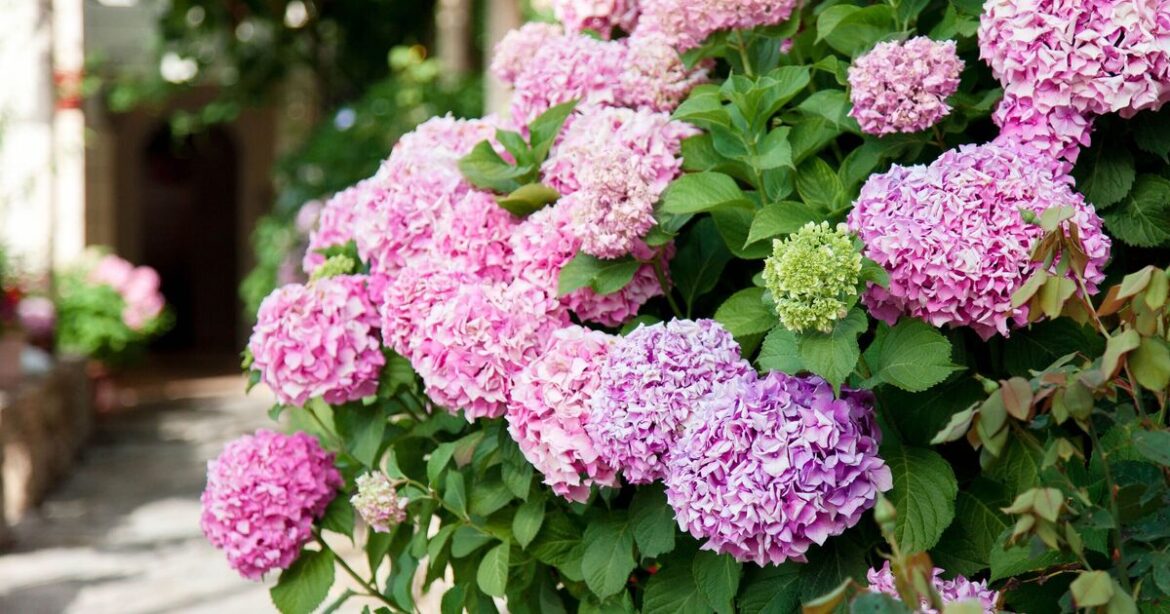If you’re not wanting to say goodbye to your garden’s luscious colours, then you may want to replace your hydrangeas with these common plants before it’s too late. Gardeners must be warned of the silent killer in your garden that could have it out for your hydrangeas. It sounds dramatic – and it could be – if you don’t quickly learn the three plants best to take their place.
Unfortunately, as the climate gets hotter, our outdoor spaces at home are playing a tough game of survival of the fittest. With hotter weather, our plants are struggling, and gardening professionals are advising that we take this into account when planting your all-time favourite flowers. As global temperatures rise, water-loving plants like hydrangeas that are heavily reliant on moisture to thrive are now living in hostile environments.
Even in regions where they typically flourish, they are falling at the hands of droughts and consistent heatwaves.
According to the Farmiddable Observer, a nursery owner shared: “I lost nearly 70% of my hydrangea collection during the 2022 heat waves despite daily watering. The climate simply doesn’t support them anymore.”
The telling signs that your hydrangea is in distress are usually when they appear to be crisp with leaves that curl and their once vibrant colours fading to a dull beige.
On top of that, you may notice that stems droop, as opposed to proving their structured support, and that’s when you know your plant is in trouble.
Professional landscapers are increasingly steering clients toward opting for a more drought-tolerant alternative that still gives off a pop of colour but requires less water.
These include lavender, ceanothus, and Russian sage, which all offer a flourish of beautiful flowers in colour and have far more minimal needs.
For extra ease, gardeners are advised to even plant drought-resistant bulbs in areas that are traditionally cooler and wetter to build a resilient garden.
These can include fall-blooming perennials and strategic spring plantings, best to get in your garden before the heat waves hit.
As gardeners move forward with a climate-smart perspective in their spaces, letting go of hydrangeas seems to be just the beginning.
In making this shift with what we plant, not only are we addressing the realities of our climate, but we can also help to reduce the water we’re using to feed our plants.
The previous energy being used to keep hydrangeas alive can be used to nurture other plants that will thrive effortlessly in these conditions.

